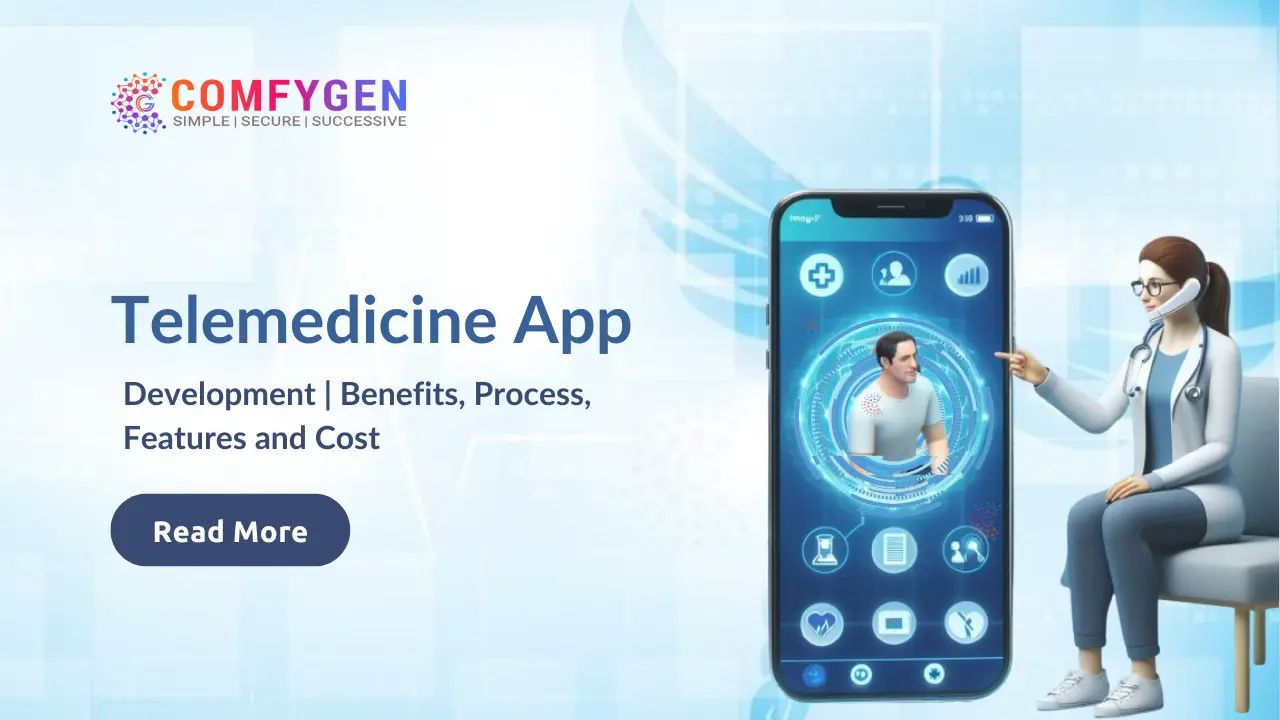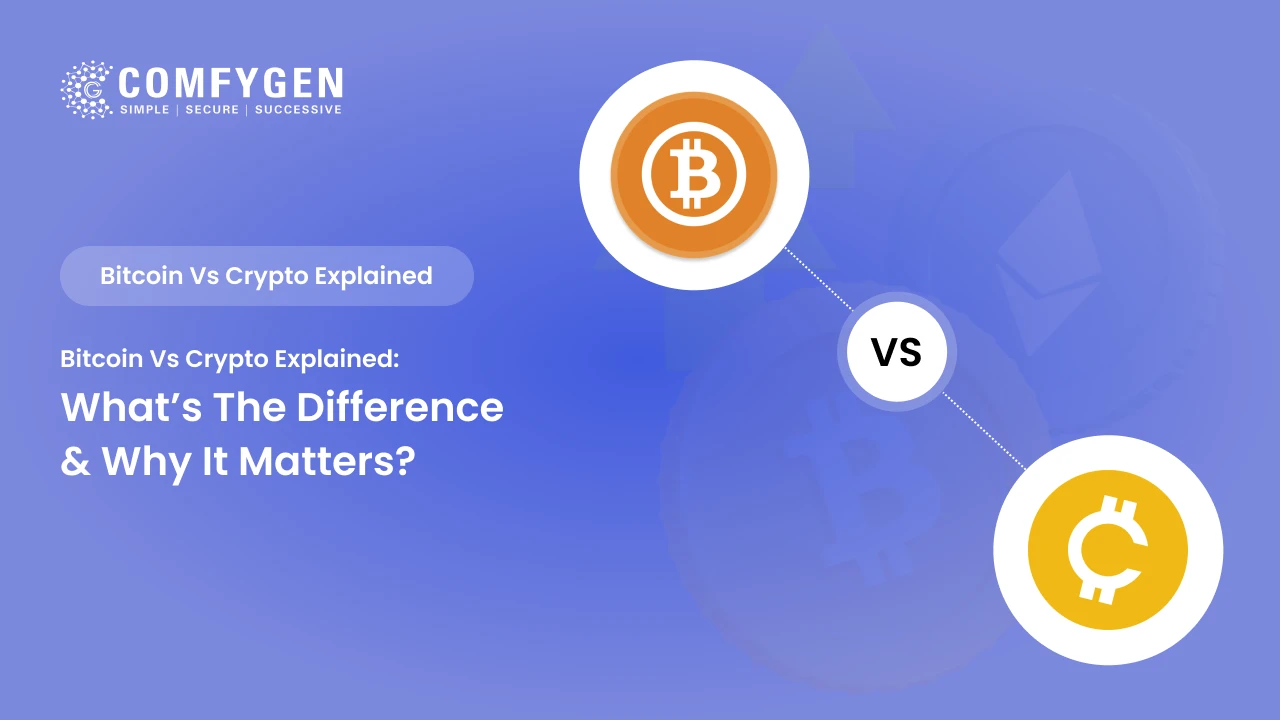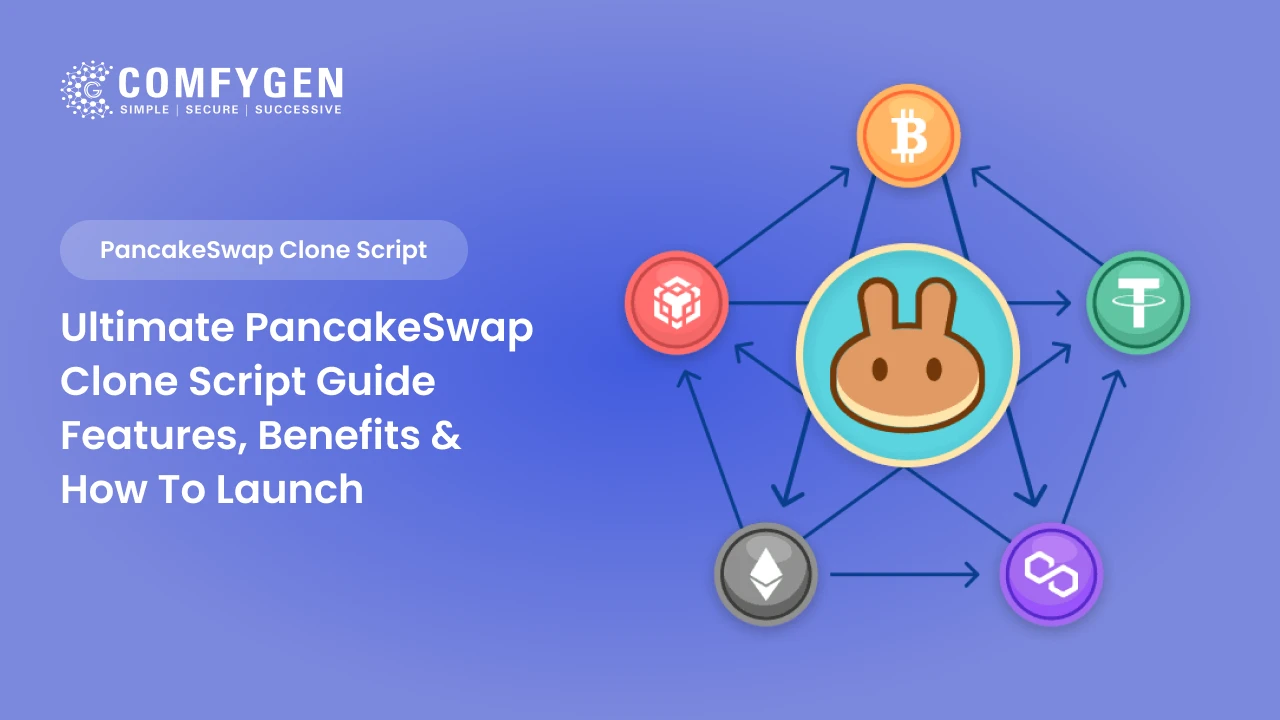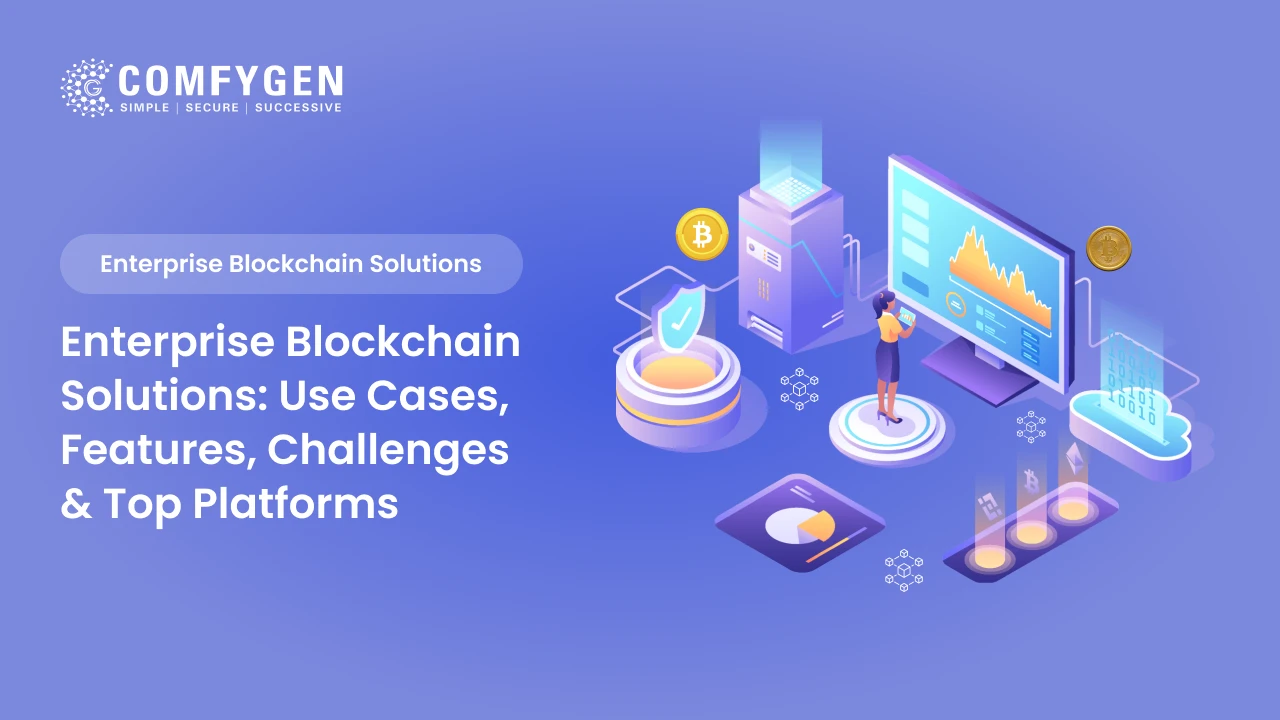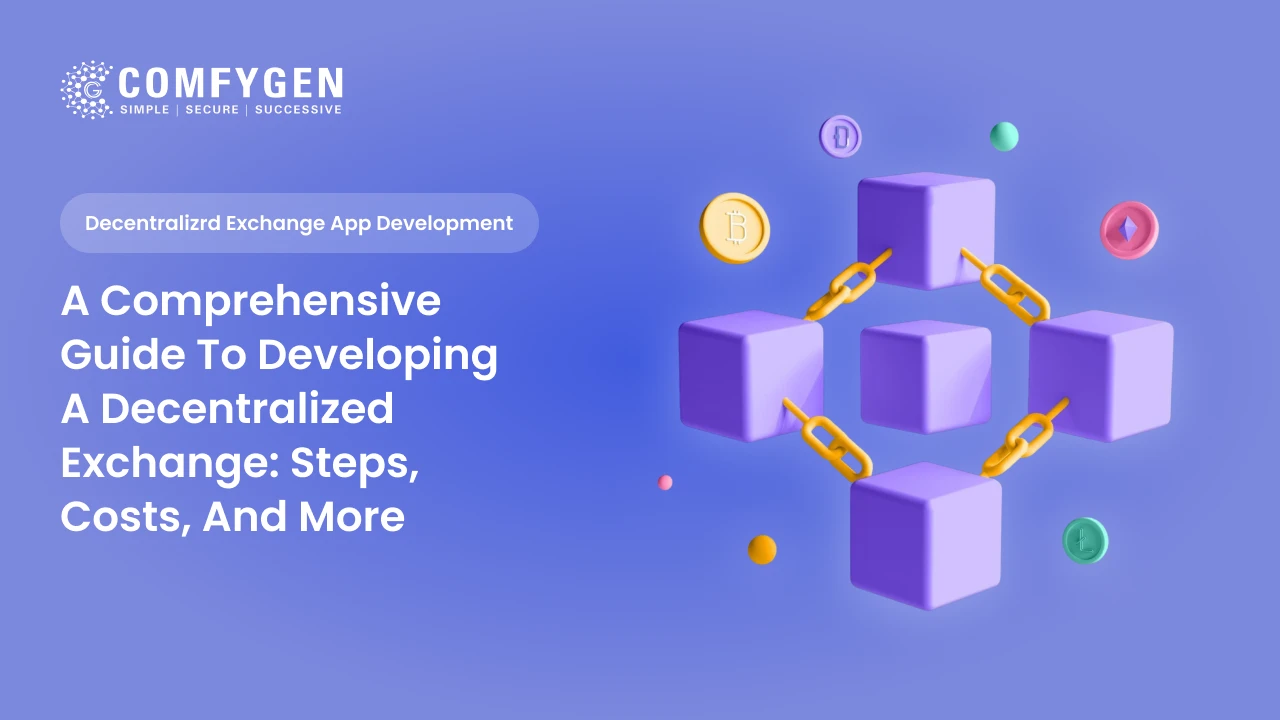Telemedicine App Development | Benefits, Process, Features and Cost
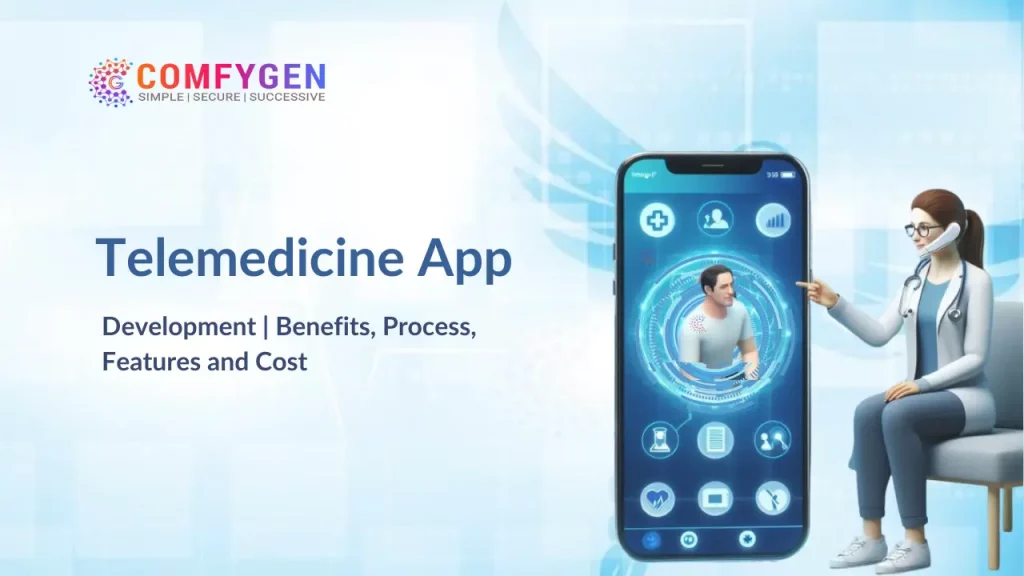
The advent of telemedicine app development has revolutionized the healthcare sector by enabling remote consultations between healthcare providers and patients. With the global telemedicine market witnessing rapid growth, these apps facilitate convenient access to healthcare services irrespective of geographical barriers and time constraints.
In the rapidly evolving landscape of healthcare, telemedicine app development stands out as a revolutionary approach, offering remote medical consultations and services through digital platforms. The integration of telemedicine apps into healthcare systems has streamlined patient care, increased accessibility, and reduced operational costs. This blog delves into the telemedicine app development benefits, process, features, and costs associated with telemedicine app development, guiding healthcare providers and businesses towards harnessing the full potential of this technology.
Market Overview Of Telemedicine App
According to the previous market report, the global telemedicine market was USD 94.02 Billion in 2022 and at a CAGR of 18.44%. Now, the market is estimated to reach USD 510.74 Billion by the year 2032. The driving factor of the market is the increasing use of telemedicine for remote patients.
Eventually, the rising demand for telemedicine can contribute to the growth of the e-commerce industry. The promising opportunities, such as an increase in technological advancements diversifying the field into teleradiology, telepathology, teledermatology, and telepsychiatry, are broadening the scope.
What Is Telemedicine App Development?
Telemedicine app development is the process of developing mobile or web applications that enable remote delivery of medical services. This medicine delivery app development integrates advanced technologies to support efficient medical consultations, patient monitoring, and health record management in order to improve healthcare accessibility, convenience, and patient outcomes.
Importance Of Telemedicine App Development
A telemedicine app has significant importance in today’s digital era as it allows patients to consult healthcare professionals online via video conferences and messages. This has enhanced accessibility to healthcare services in remote areas. It promotes timely diagnosis, treatment, and monitoring of health conditions, reducing non-emergency hospital visits and waiting times. Moreover, telemedicine apps support healthcare providers by improving efficiency, streamlining workflows, and extending their service reach beyond traditional clinic settings.
Moreover, the importance of telemedicine app development lies in its ability to make healthcare services more patient-centric and convenient. It enhances healthcare outcomes by promoting proactive health management through timely reminders, diagnosis, and regular monitoring. You are advised to consult a reputed telemedicine app development company in the USA for app development.
This blog aims to explore the various aspects of telemedicine app development, including its benefits, key features, challenges, and future trends.
Also Read: The Comprehensive Guide To Telemedicine App Development
Benefits Of Telemedicine App Development
Several telemedicine app development benefits improve healthcare accessibility, facilitate remote consultations, enhance patient convenience, reduce healthcare costs, and support proactive health management. It enables timely medical advice, prescription delivery, and continuous care, enhancing better patient outcomes and satisfaction in a digital healthcare landscape. Let’s discuss the benefits in detail:
- Accessibility to Healthcare
Telemedicine gives easy accessibility to healthcare services. The app will bridge geographical gaps in order to offer healthcare services to remote regions. Patients can now connect with healthcare professionals online, regardless of their location.
This will empower timely consultations, earlier diagnosis, and treatment of patients without any hassles. Telemedicine apps are highly advantageous for patients residing in remote areas who are facing significant travel hurdles in seeking medical care. Over time, telemedicine has emerged as a revolutionary force in healthcare delivery, greatly improving healthcare accessibility.
- Cost Efficiency for Patients and Providers
Telemedicine offers cost-effectiveness for patients by cutting down travel expenses and in-person appointments. It also reduces healthcare costs by preventing unnecessary emergency room visits and hospitalizations. It prioritizes early intervention and remote monitoring, which reduces medical charges.
Even for healthcare providers, telemedicine minimizes overhead costs associated with maintaining physical infrastructure. In addition, it enhances operational efficiency by optimizing scheduling. Healthcare providers will stay profitable by expanding their patient base beyond geographical limitations, which will increase revenue potential. Overall, telemedicine apps contribute to a more streamlined and economical healthcare delivery system for both patients and providers.
- Enhanced Patient Engagement
Telemedicine enhances patient engagement by giving patients convenient access to healthcare services from anywhere. This fosters regular communication between patients and healthcare providers. Patients can actively participate in healthcare through secure messaging and video consultations.
The app will give access to personal health records and promote transparency. The remote monitoring features enable patients to track their health metrics and encourage proactive management of chronic health conditions. Moreover, telemedicine also facilitates personalized care plans and educational resources tailored to meet individual needs.
It further improves health literacy and promotes adherence to treatment regimens. Telemedicine strengthens the patient-provider relationship and encourages continuous online engagement in healthcare decision-making by offering these interactive and accessible features.
- Reduced Healthcare Costs
Healthcare costs are a major concern for many individuals as they are rising day by day. Adopting telehealth services will reduce healthcare costs to a great extent. It prevents hospital readmissions and enables patients to receive continuous ongoing care through remote monitoring. This will be extremely helpful for patients with chronic health conditions who need frequent check-ups and consultation with healthcare providers.
Through healthcare app development, patients can consult with specialists in real time, which will aid in making a timely diagnosis. It has the potential to improve patient health outcomes by reducing the time to be spent at specialized care centers. Overall, the healthcare costs will be reduced, preventing expensive in-person visits and hospitalizations.
- Convenience and Flexibility
Telemedicine app development offers unparalleled convenience and flexibility by enabling patients to access healthcare services from anywhere and at any time. Through virtual consultations via video calls or messaging platforms, patients can receive medical advice and prescriptions without traveling.
This approach accommodates busy schedules, reduces time spent commuting, and allows patients to seek care promptly, enhancing convenience. For healthcare providers, telemedicine offers flexibility in scheduling appointments and managing patient loads efficiently. It optimizes workflow by minimizing administrative tasks and reallocating resources while maintaining high standards of service delivery.
- Improved Health Outcomes
Telemedicine contributes to improved health outcomes by facilitating timely access to healthcare professionals, enhancing continuity of care, and promoting proactive management of health conditions. Remote monitoring tools allow for regular tracking of patient metrics, enabling early detection of issues and timely intervention.
This proactive approach helps prevent complications and reduces the need for emergency interventions. Moreover, telemedicine supports patient education and adherence to treatment plans through convenient access to medical information and support resources. Overall, telemedicine plays a crucial role in achieving better health outcomes and overall well-being.
Ready to Build Your Own Telemedicine Application?
Key Features Of Telemedicine App Development
In the development process of telemedicine applications, integration of key features is essential in order to enhance patient care and streamline consultation and treatment processes for healthcare providers. Here is an overview of telemedicine app development features:
- User Authentication and Security
This telemedicine app development feature is essential to ensure secure user access to the app. It will protect patient information and maintain confidentiality. The app should be integrated with robust authentication methods like two-factor authentication or end-to-end encryption to safeguard the sensitive data of employees and patients.
- Profile Management
The app must have a profile management feature that allows users, both patients and healthcare providers, to create and manage their profiles and their information. It must include updating personal information, medical history, and health preferences, which will further aid in delivering personalized care.
- Video Conferencing
telemedicine app development feature enables real-time and face-to-face consultations between patients and healthcare professionals. It supports visual assessments, remote examinations, online prescriptions, and discussions of treatment plans. This leads to a more engaging and effective patient-healthcare specialist interaction.
- Real-Time Chat
Integration of telemedicine app development features facilitates instant messaging between healthcare service providers and patients. It enables quick communication for follow-up questions, non-emergency queries, and advice and updates on health conditions. Real-time chat is also an accessibility and responsiveness in patient care.
- Appointment Scheduling
This exclusive telemedicine app development feature allows patients to book and manage appointments effortlessly. Healthcare providers can set availability, manage their schedules, and send reminders. This will reduce no-show rates and optimize clinic workflow.
Also Read: How Much Does It Cost to Build a Doctor Appointment Booking App?
- E-prescriptions
It is the most important telemedicine app development feature that enables healthcare providers to provide e-prescribed medications to patients directly through the telemedicine app. This feature enhances prescription accuracy and reduces errors associated with manual writing. Further, it improves convenience for patients who can access prescriptions digitally.
- Health Records Management
This telemedicine application development feature offers a secure place for storing and accessing patient health records. It will facilitate the management of medical history, test results, and treatment plans. Integration of the app with electronic health records (EHR) systems ensures seamless data exchange and continuity of care across different healthcare settings.
- Payment Integration
This integration aids in secure payment transactions for telemedicine services, such as consultation fees or prescription charges. Integration of payment gateways ensures convenience and streamlines financial transactions for healthcare providers.
- Push Notifications
The incorporation of push notification features aids in sending timely alerts and reminders to users. It will let patients know about appointments, medication schedules, and important updates from healthcare providers. Push notifications improve patient engagement with provider’s adherence to treatment plans.
- Analytics and Reporting
The app, which features analytics and reporting, will give insights into patient engagement metrics, appointment scheduling trends, and health outcomes. Analytics tools help healthcare providers optimize service delivery, identify areas for improvement, and monitor telemedicine interventions.
- Integration with Wearable Devices
This new advancement allows the integration of data from wearable health monitoring devices into the app. It enables remote monitoring of patient vital signs and health metrics in order to provide real-time data for more informed clinical decision-making.
Want To Integrate New Features Into Your Telemedicine App
Telemedicine App Development Process
When you are developing a telemedicine app, it must include a structured of telemedicine app development process to ensure high-quality functionality, usability, and security. Developers should be aware of the comprehensive development process associated with telemedicine apps. Here is a detailed outline of the telemedicine mobile app development process, from market research to post-launch.
- Market Research and Analysis
Start the telemedicine app development process by consulting a telehealth development company that will help you conduct thorough market research. While doing this, keep in mind your target user needs. Also, determine competitor offerings and regulatory requirements. It is also important to analyze market trends by targeting demographics and potential user preferences for feature prioritization.
- Defining the Scope and Requirements
The next important thing is to clearly define the scope of the telemedicine app. Determine the business objectives and target audience, as well as check key features and functional requirements in the app.
- Choosing the Right Technology Stack
Knowledge of the right technology stack is very important for app development. Select appropriate technologies and frameworks for backend development, frontend development, database management, and communication protocols.
- UI/UX Design
For telemedicine application software development, you need to design a highly intuitive and user-friendly interface that prioritizes ease of navigation, accessibility, and visual appeal. Make sure the UX/UI design focuses on creating seamless workflows for patients in order to schedule appointments and access medical records conveniently.
- Backend Development
Make sure to develop a robust backend infrastructure that supports user authentication, secure data storage, and real-time communication through video conferencing. Also, ensure its integration with external APIs or systems such as payment gateways.
- Frontend Development
The frontend components should be implemented based on the specific UI/UX design. Develop responsive web and mobile interfaces that offer consistent user experiences across different devices and operating systems.
- Integration of Features
Next, to create a telemedicine app, key features must be integrated into the app. Make sure the features seamlessly interact with the frontend and backend components for smooth and efficient functionality.
- Testing and Quality Assurance
In every step of the development, you need to conduct rigorous testing in order to identify and resolve bugs. Testing will also solve usability issues and security vulnerabilities. Next, it is necessary to perform functional testing, compatibility testing, performance testing, and security testing to ensure the app meets regulatory compliance.
- Deployment
In the next phase of development, the mobile developer has to prepare for deployment by configuring servers, setting up databases, and implementing security measures. The deployment of the telemedicine app to app stores and web servers should follow a structured release plan.
- Post Launch Support and Maintenance
Finally, ongoing support has to be provided to address user feedback, troubleshoot issues, and further improvements. Check app performance and scalability requirements to ensure continuous operation and user satisfaction.
Also Read: Top Trends In Healthcare App Development For 2024
Challenges In Telemedicine App Development
Telemedicine app development comes with several challenges that telemedicine app developers must address to ensure successful deployment and adoption. Developers must proactively address challenges through rigorous testing, compliance with regulations, and user-centered design. Also, it is necessary to know about robust technical solutions to create telemedicine apps that effectively enhance healthcare accessibility, efficiency, and patient satisfaction. Let’s discuss the challenges.
- Data Security Concerns
Data security is one of the major concerns in telemedicine app development projects. The procedure and features need to be implemented to maintain patient confidentiality and secure sensitive medical information. A lack of advanced security measures may lead to data hacks and misuse. Developers must provide robust encryption methods, secure data transmission channels, and adhere to healthcare industry standards to prevent unauthorized access.
- Integration with Existing Systems
Developers also find it challenging to integrate telemedicine apps with existing healthcare systems such as Electronic Health Records (EHR). To prevent problems, developers must check compatibility issues, data synchronization, and interoperability standards beforehand.
Also Read: Trends And Technologies In Medicine Delivery App Development
- Regulatory Compliance
Telehealth app development must comply with stringent regulations and privacy laws governing healthcare data. The developers need to stay updated on regulatory requirements specific to the region and ensure the app meets legal standards for patient data protection and telemedicine practices.
- User Adoption and Engagement
This is also a significant challenge in the development of telemedicine apps. People should be encouraged to adopt and engage with telemedicine. Valid advantages of using the app should be shared with the healthcare providers and patients. Promote the app with user-friendly interfaces, intuitive design, and clear communication modes to foster acceptance and usage.
- Technical Issues and Bug Fixing
Even after the development of the app, you can still face the challenges of technical issues and bug fixing. The developers need to address technical glitches, performance issues, and bugs during development and post-launch, which is essential. Continuous monitoring, prompt bug fixing, and proactive maintenance are necessary to ensure a smooth user experience and minimize downtime.
Also Read: Estimate The Cost Of Building A Doctor Appointment App Like ZocDoc
Cost Of Developing A Telemedicine App
The cost of telemedicine app development varies based on several factors. Each factor contributes to the overall budget and financial considerations. Developers must be aware of the cost associated with the telemedicine app development process to estimate in order to make the right budget planning.
- Factors Influencing Cost
-
- App Complexity and Features
The complexity and scope of features impact the custom telemedicine app development costs. Basic apps come with essential functionalities like video consultations and appointment scheduling, which may cost less compared to complex apps with advanced features such as integration with wearable devices.
-
- Development Team Location
The geographical location of the development team is also a factor behind the cost estimation. Rates will vary widely between regions due to differences in labor costs, economic conditions, and availability of developers. Offshore development teams may offer cost savings compared to on-boarding teams.
-
- Technology Stack
The technology stack was chosen by the telemedicine app development company. for backend infrastructure, frontend frameworks, databases, and third-party integrations affect the overall development costs. If you use cutting-edge technologies, it will increase the initial costs but can provide long-term benefits.
-
- Design and User Experience
The UI/UX design tailored to user needs enhances user adoption and satisfaction but will significantly increase telemedicine app development costs. Complexity in design, customization requirements, and usability testing will all contribute to the overall app development budget.
-
- Maintenance and Support
Post-launch maintenance and support are the ongoing costs of telemedicine app development that need to be considered. Regular updates, bug fixes, security patches, and user support services ensure app reliability and compliance with evolving regulations. Budgeting for continuous improvements and technical support is essential to sustain app performance and user satisfaction over time.
- Cost Breakdown by Development Phase
-
- The simple cost of telemedicine app development – $30,000 – $60,000
- Intermediate cost of developing a telemedicine app with all basic features – $60,000 – $150,000
- Complex telemedicine app development cost with advanced features – $150,000 to $300,000+
- Estimated Total Cost
The total cost to develop a telemedicine app or doctor on demand app development cost starts from $50,000 to $250,000+.
Create A Best Telemedicine Application With Comfygen
Conclusion
This is your comprehensive guide to telemedicine app development. Hope you have got a clear insight into the telemedicine app development benefits, telemedicine app development features, telemedicine app development process, and cost of telemedicine application development. This curated information will help you plan the app development process. However, the most important consideration is to hire a professional service provider with a skillful team specialized in telemedicine apps. To get more details, consult Comfygen.
FAQs
What are the key features necessary for a telemedicine app?
How can telemedicine apps address regulatory compliance?
Is it possible to build a basic telemedicine app with complex features?
Which are the latest technologies aiding in telemedicine apps?
Is AI integration necessary in telemedicine apps?

Mr. Saddam Husen, (CTO)
Mr. Saddam Husen, CTO at Comfygen, is a renowned Blockchain expert and IT consultant with extensive experience in blockchain development, crypto wallets, DeFi, ICOs, and smart contracts. Passionate about digital transformation, he helps businesses harness blockchain technology’s potential, driving innovation and enhancing IT infrastructure for global success.
Based on Interest

Cryptocurrency Exchange Development: How to Create a Platform Like Binance or Coinbase
The rise of cryptocurrency has revolutionized the financial world, creating new avenues for investment, trading, and technology-driven finance. Among the major…
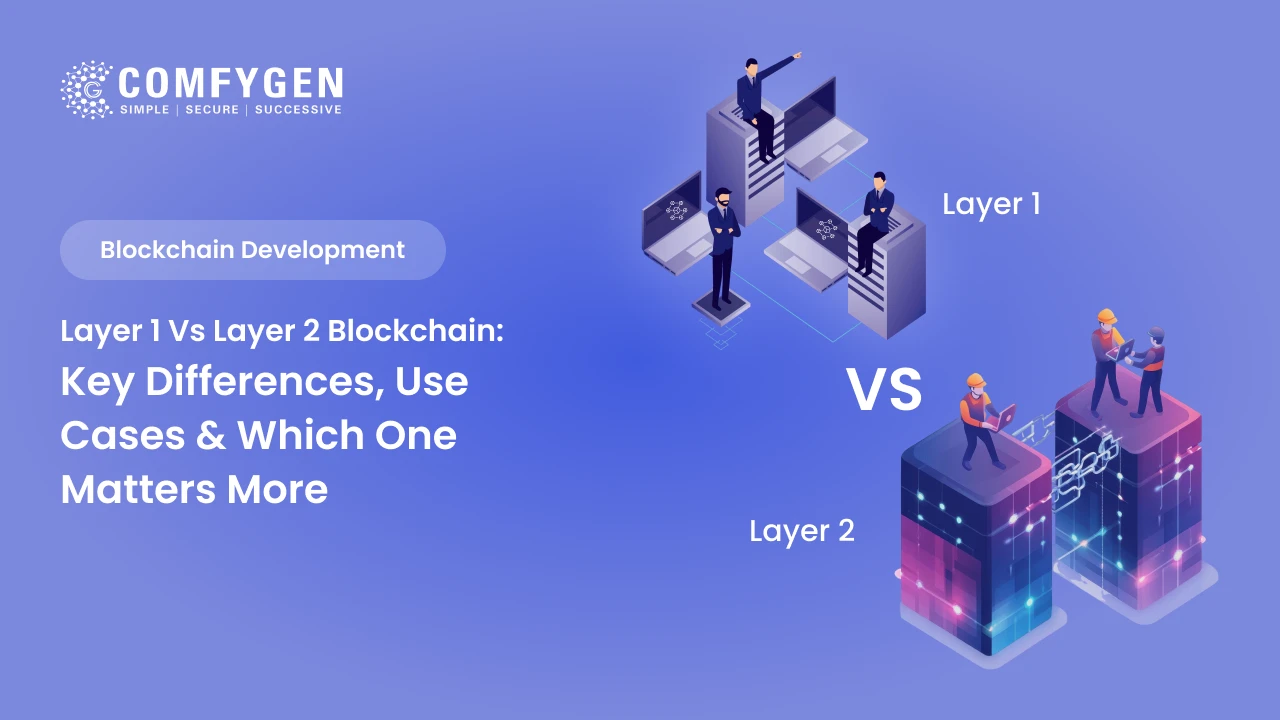
Layer 1 vs Layer 2 Blockchain: Key Differences, Use Cases & Which One Matters More in 2025
Introduction Blockchain technology, once the exclusive domain of cryptocurrencies, has now evolved into a robust tool for various industries, including finance, healthcare,…

